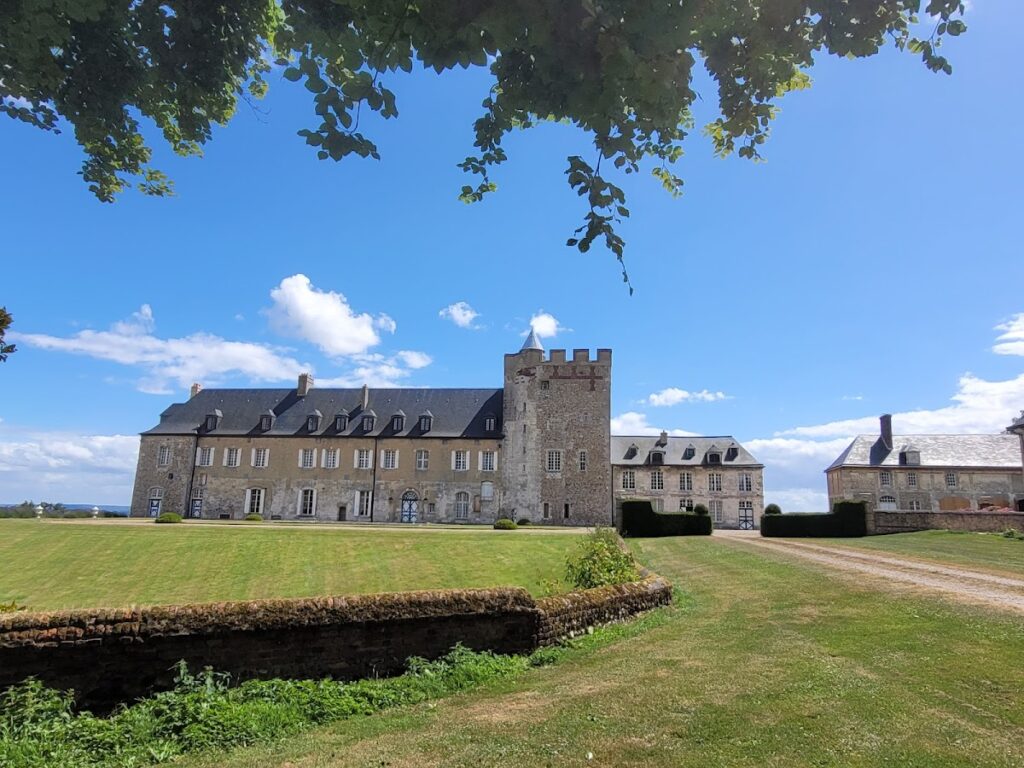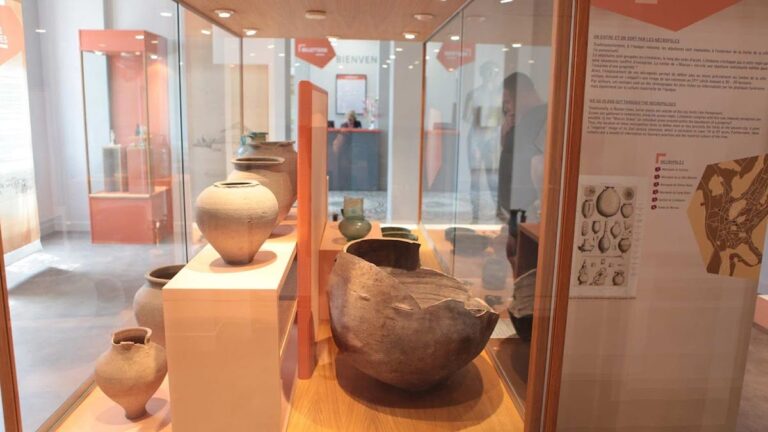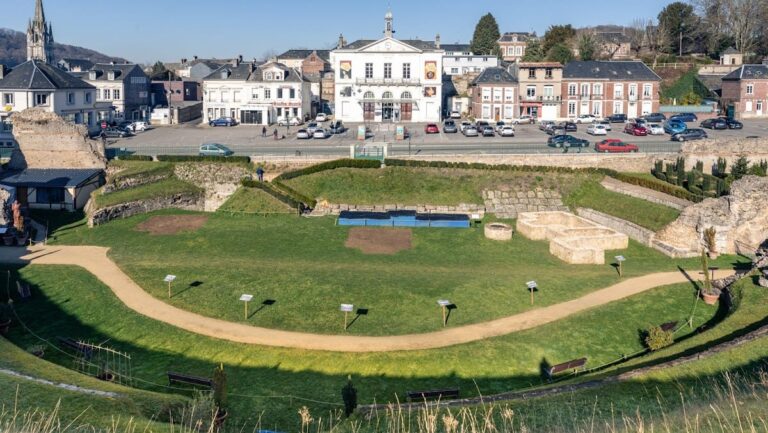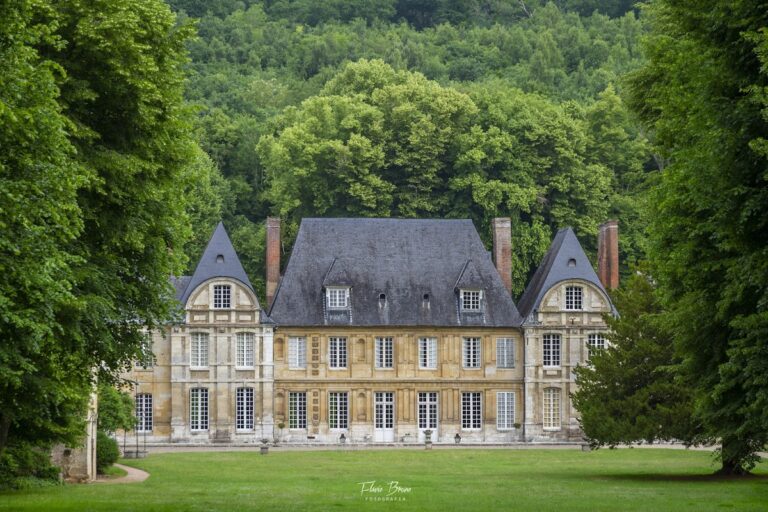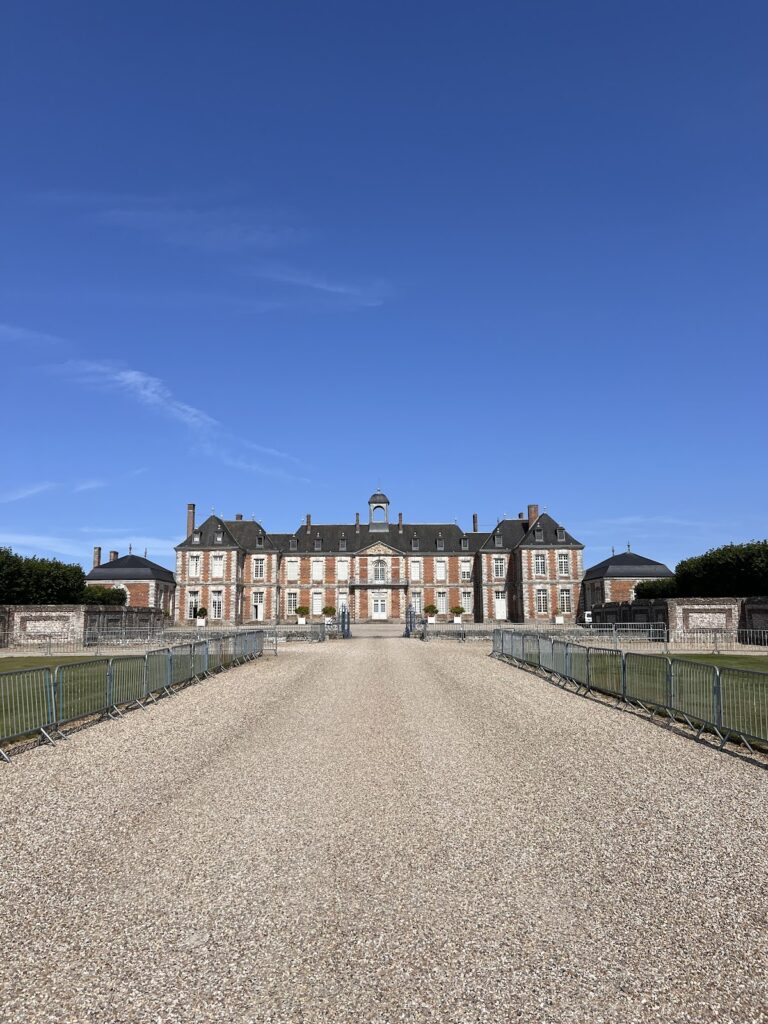Château d’Orcher: A Historic Medieval Castle in Gonfreville-l’Orcher, France
Visitor Information
Google Rating: 4.2
Popularity: Low
Google Maps: View on Google Maps
Official Website: www.chateaudorcher.com
Country: France
Civilization: Unclassified
Remains: Military
History
The Château d’Orcher stands in Gonfreville-l’Orcher, France, and was originally built by the Normans during the early medieval period. Its foundation dates back to the 11th and 12th centuries, positioned strategically on a cliff overlooking the Seine estuary. The site’s inception is linked to Auricher, who was granted the fiefdom and hereditary title of marshal by Rollo in 912. Alongside the fortress, a chapel dedicated to Sainte-Honorine was established, reflecting the religious affiliations of the castle’s early inhabitants.
During the 14th century, the château experienced military conflict when, in 1360, forces from nearby Harfleur partially destroyed the structure. This event led to significant reconstruction efforts aimed at restoring the castle’s defenses. Its turbulent history continued through the Hundred Years’ War, when English troops captured the site in 1415. King Henry V displaced the Crespin family, the previous owners, and bestowed the castle upon John Fastolf, a notable English commander. By 1449, the property returned to the Crespin family.
Ownership changed hands several times over the following centuries. In 1488, the castle passed to the Brézé family through inheritance, followed by acquisition by the O family in 1539. Later transitions saw the Potier family take control from 1632 until 1719. Significant transformation occurred after 1735, when Thomas de Planterose purchased the château. He enlisted master masons François de la Motte and Jacques Lesueur, alongside the plasterer Courtel, to oversee extensive 18th-century renovations that altered both the castle’s structure and style.
The château remained within Planterose’s lineage and later passed through prominent noble families including the Duhamel de Melmont, de Nagu, and Rochechouart. The Rochechouart family commissioned a restoration in 1857, guided by architect Pierre Philippon. Into the 20th century, the castle was inhabited by Count Emmanuel d’Harcourt, whose descendants retain ownership today. Recognized for its cultural importance, various elements of the château have been protected under France’s historic monument designation since 1976.
Remains
The Château d’Orcher occupies a commanding position atop a steep cliff nearly 100 meters above the Seine estuary. Originally, the layout included a square keep surrounded by a trapezoidal enclosure, or enceinte, reinforced by three square towers constructed during the 13th century. These fortifications were typical of medieval military architecture, designed to control approaches and provide defensive strength.
Following the 18th-century renovations initiated by Thomas de Planterose, the fortress’s military features were altered significantly. The large north-western keep along with two northern towers and the curtain walls — the defensive walls enclosing the courtyard — were demolished. This transformation changed the castle’s character from a stronghold to a more comfortable residence reflecting contemporary tastes of the period.
The roofing is finished with slate, a durable material common in the region. Inside, the château preserves elegant woodwork crafted by a carpenter named Le Roux from nearby Le Havre, highlighting the artistic attention given to interior redesign. Notably, the ground floor houses the grand salon, distinguished by its refined decoration, while the first floor of the east tower contains a smaller salon, a dining room, and several bedrooms, all adorned with period décor.
The estate includes several outbuildings and a dovecote, each with their façades and roofs protected for their historical value. Among the preserved interior features is a staircase with its original railing, maintained as part of the château’s architectural heritage. The surrounding grounds once supported a farm covering roughly 145 acres as recorded in 1795, illustrating the estate’s role beyond the fortress itself.
Today, these elements stand as testament to the château’s evolving use from a medieval stronghold to an aristocratic residence, with many parts restored or preserved to reflect their historical significance. Access to the site is maintained throughout the year, offering insight into its layered history and architectural transformations.


